Meaningful Vision Board Ideas for Students + Tips for Creating Them
Teachers Pay Teachers
JUNE 27, 2025
Vision Board Student Workbook By Danielle Knight Grades: 4th-12th Subjects: English Language Arts Students will create a 15×20 vision board using this eight-section guide. Turn vision boards into a bulletin board display Take your bulletin board beyond seasonal themes and art projects this year.

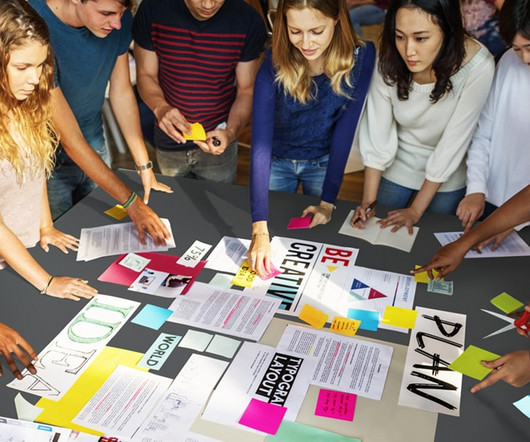






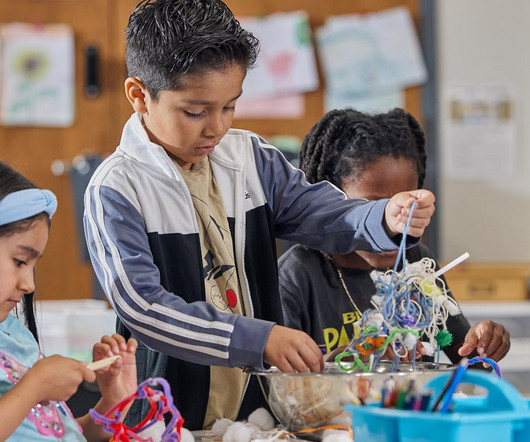

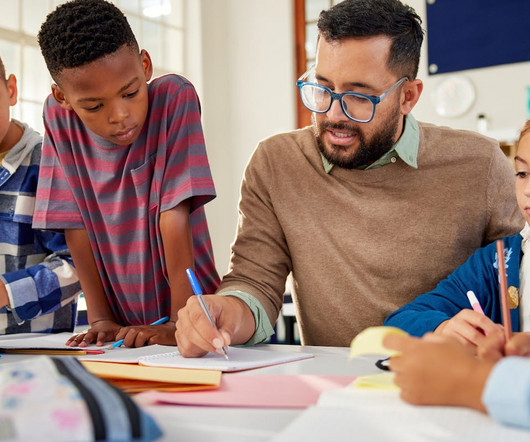



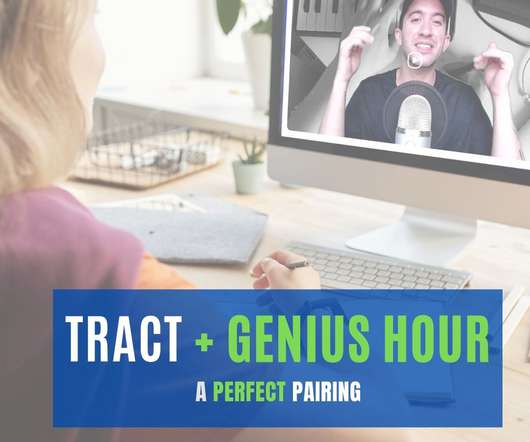





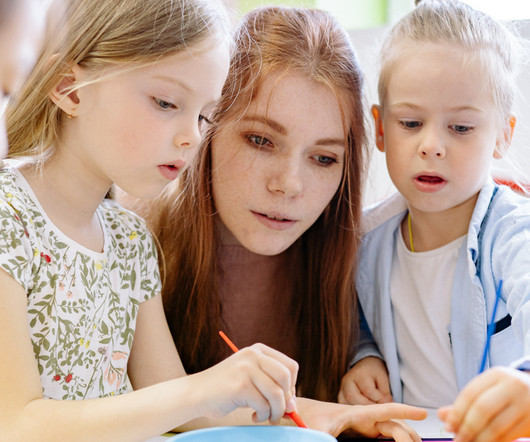









Let's personalize your content